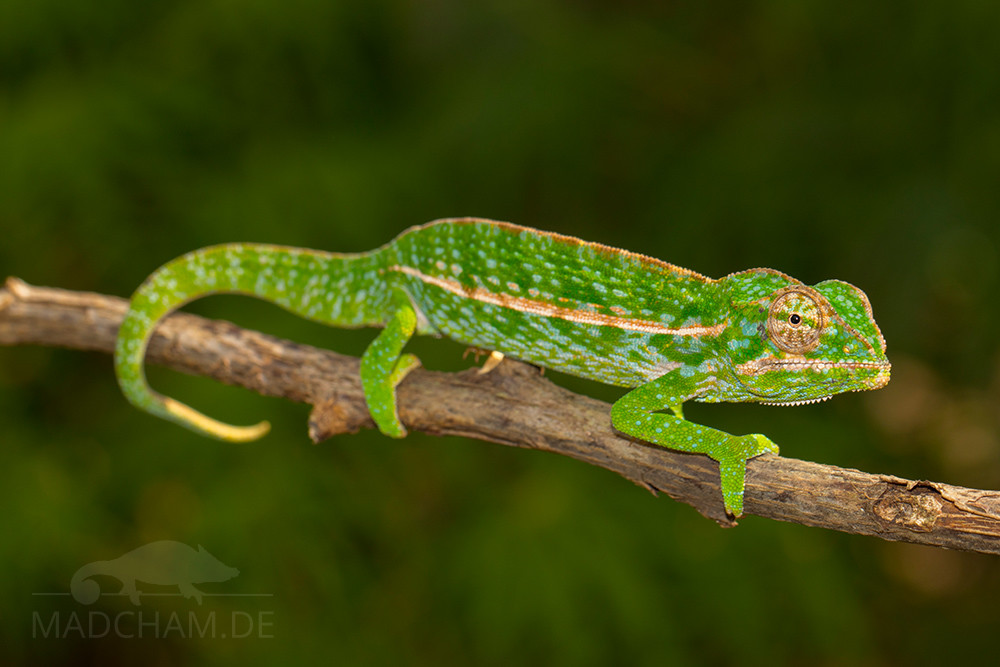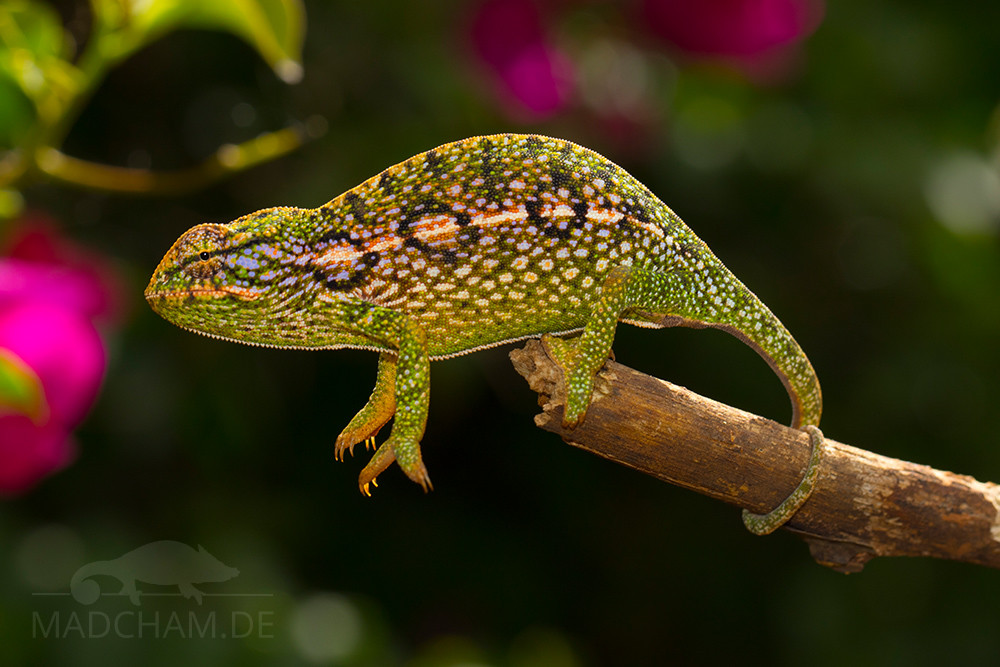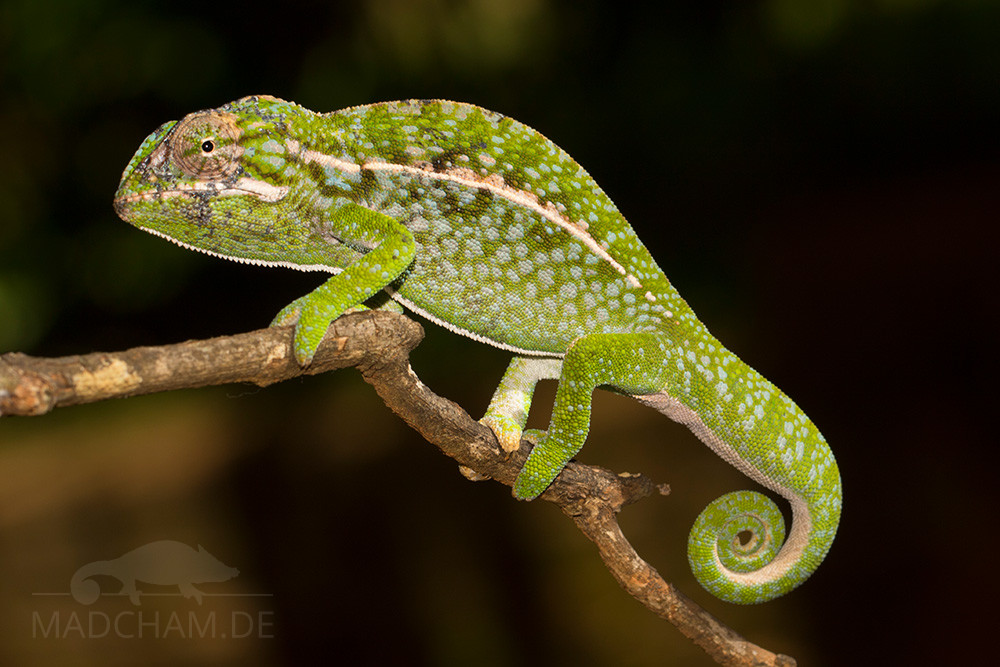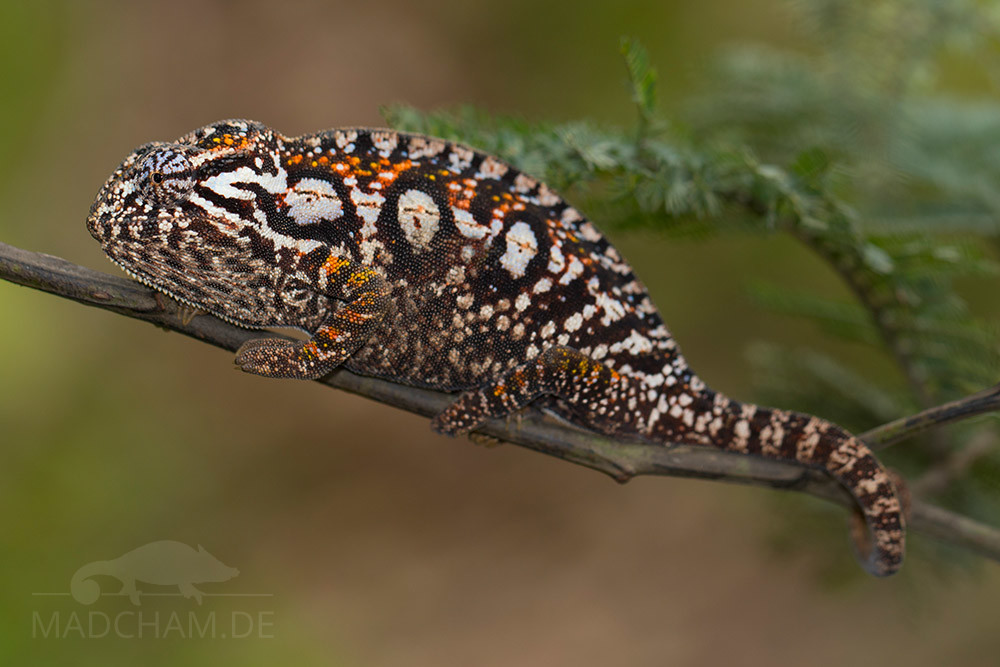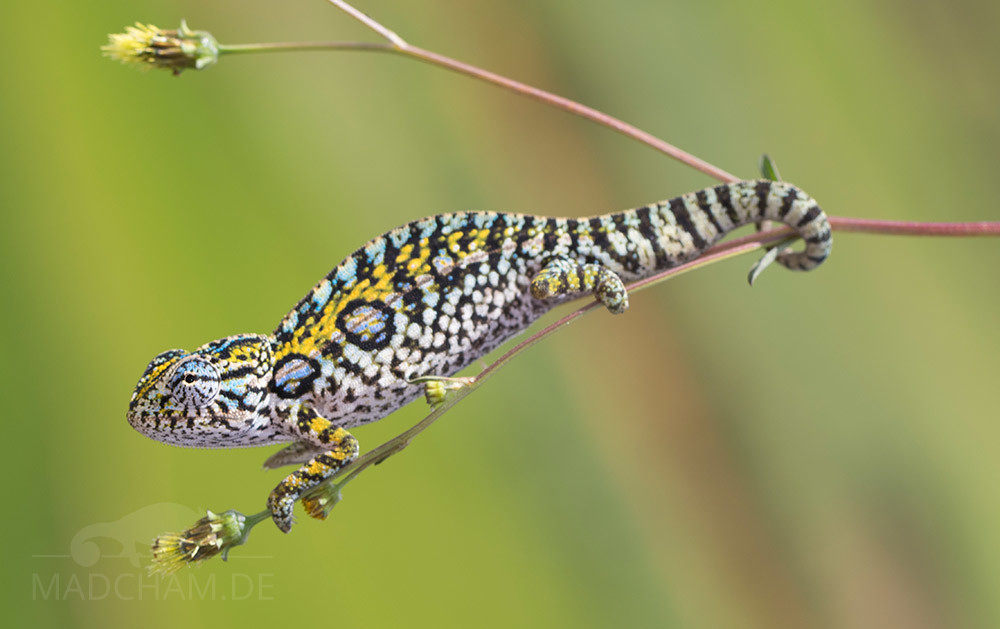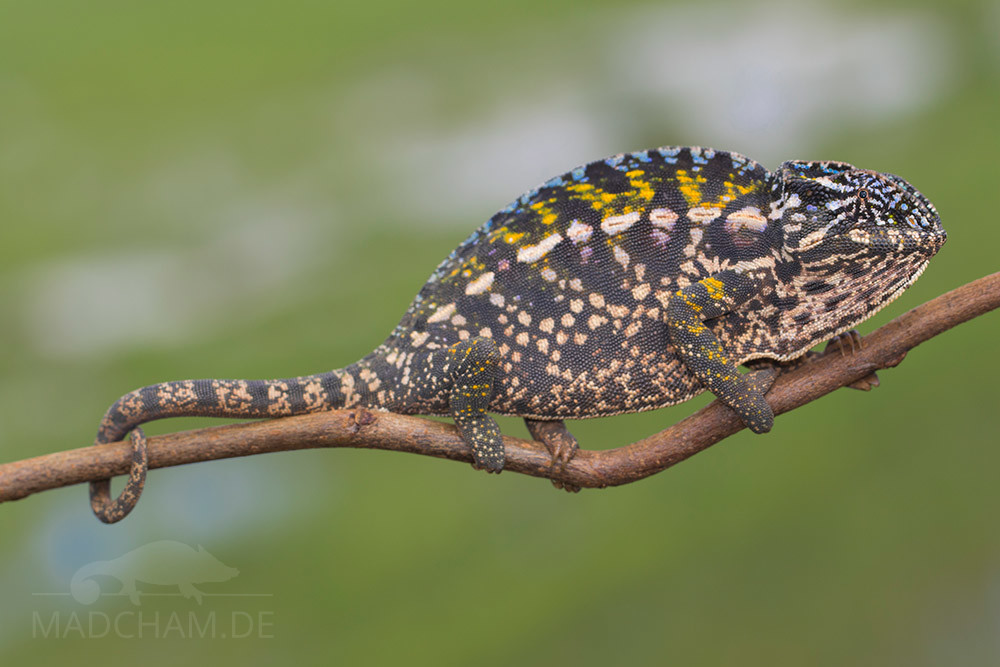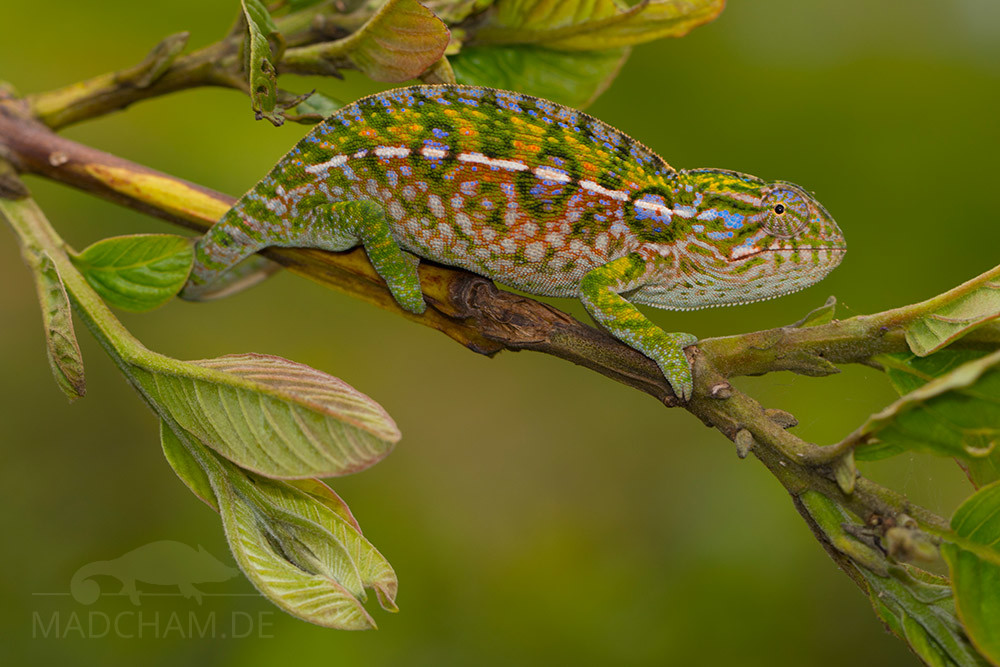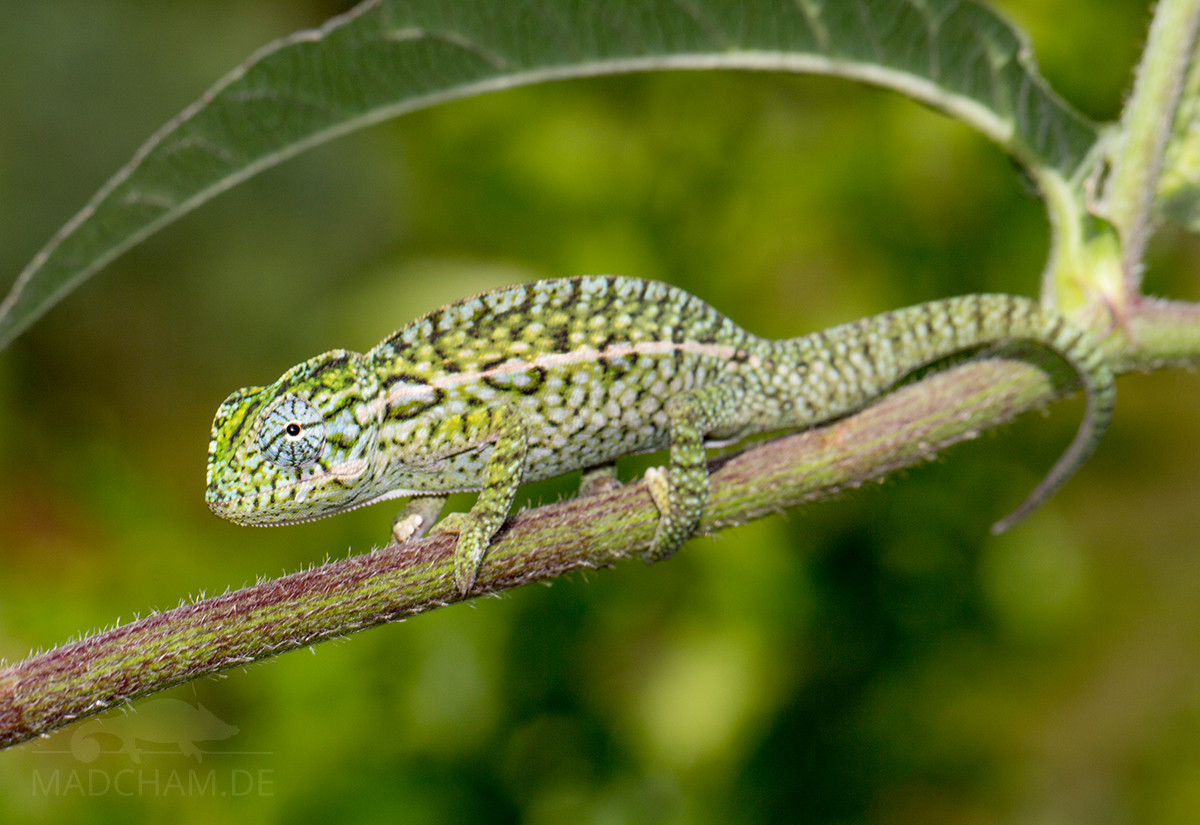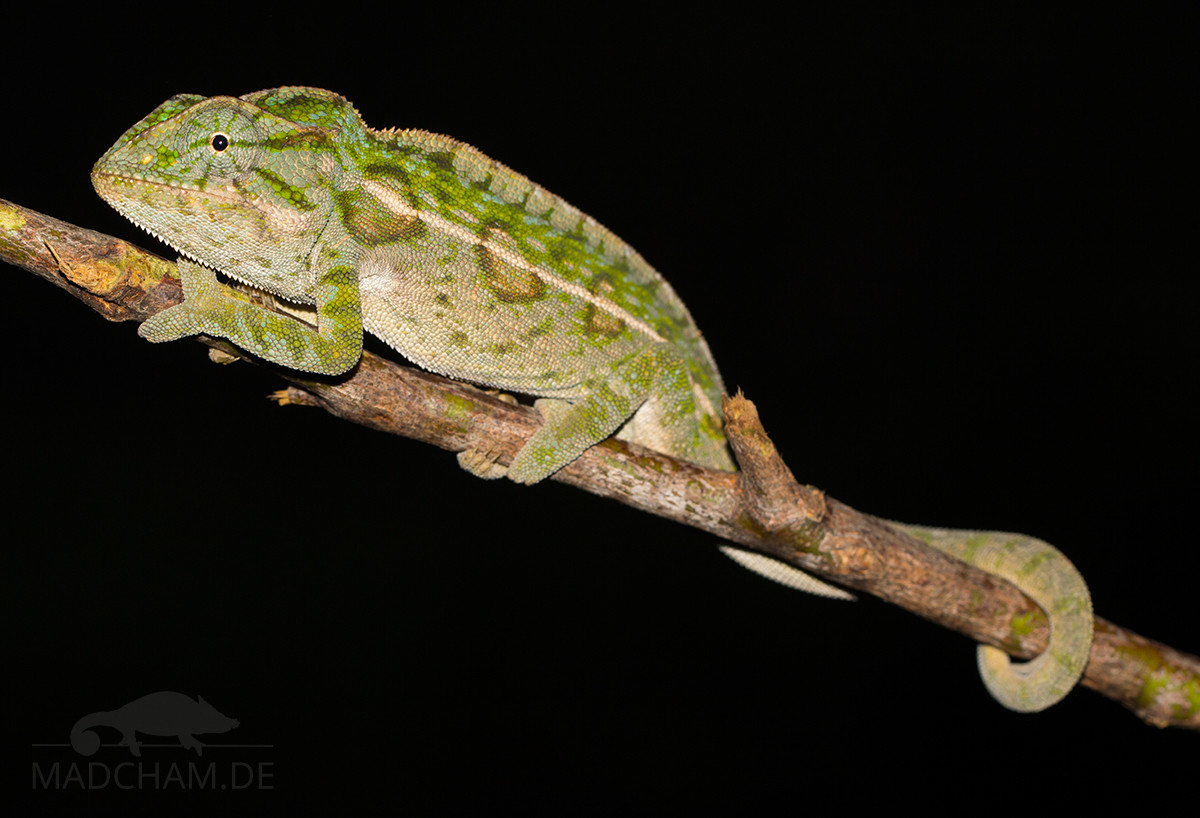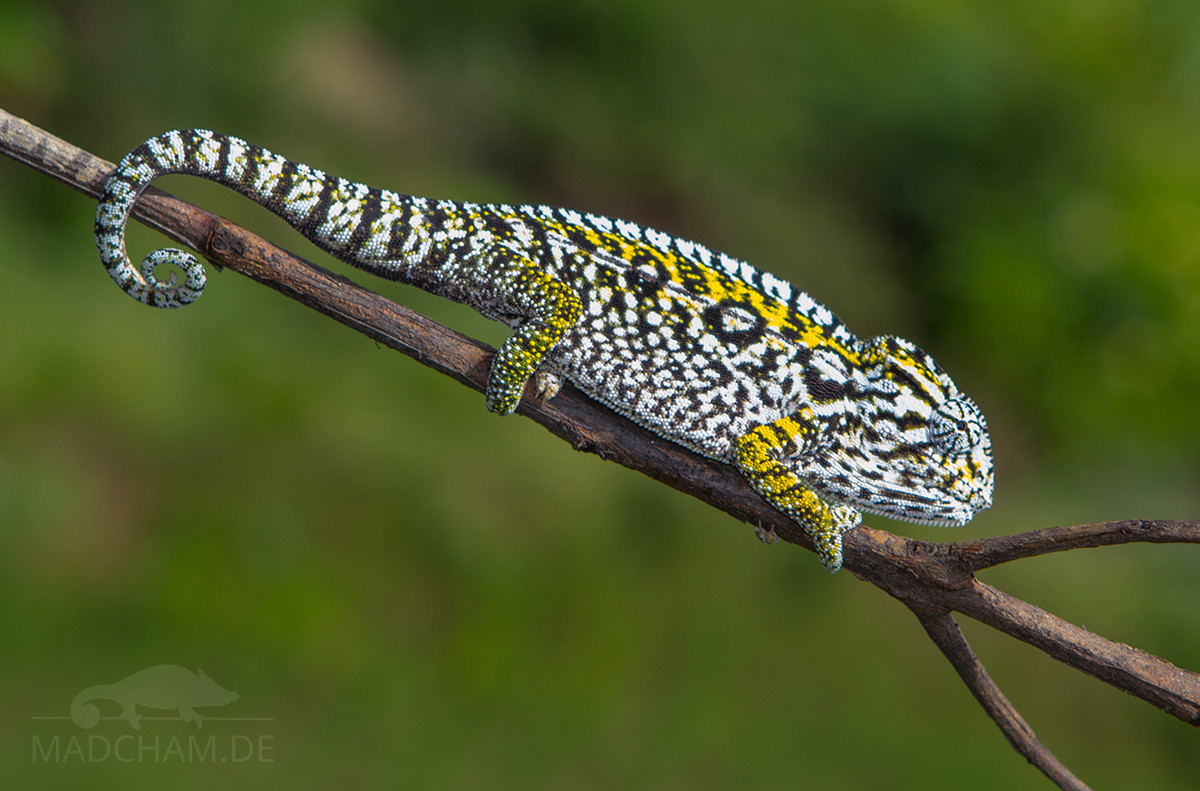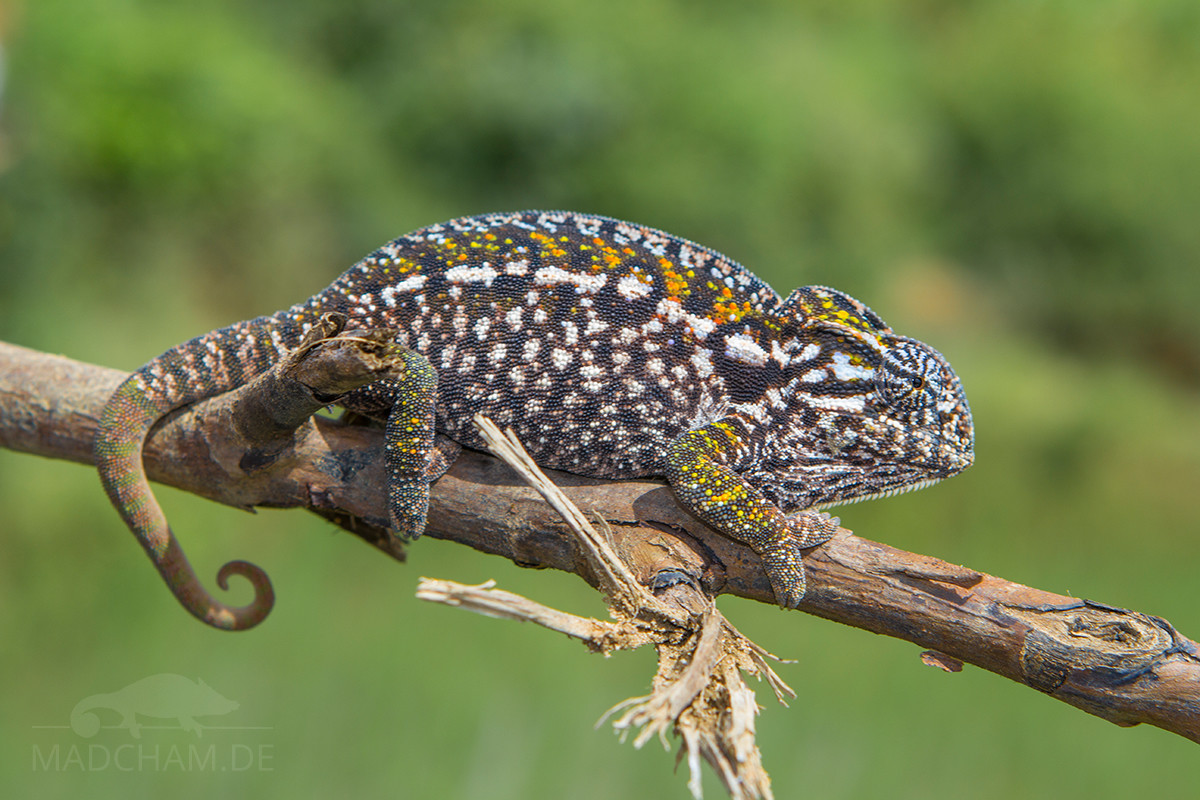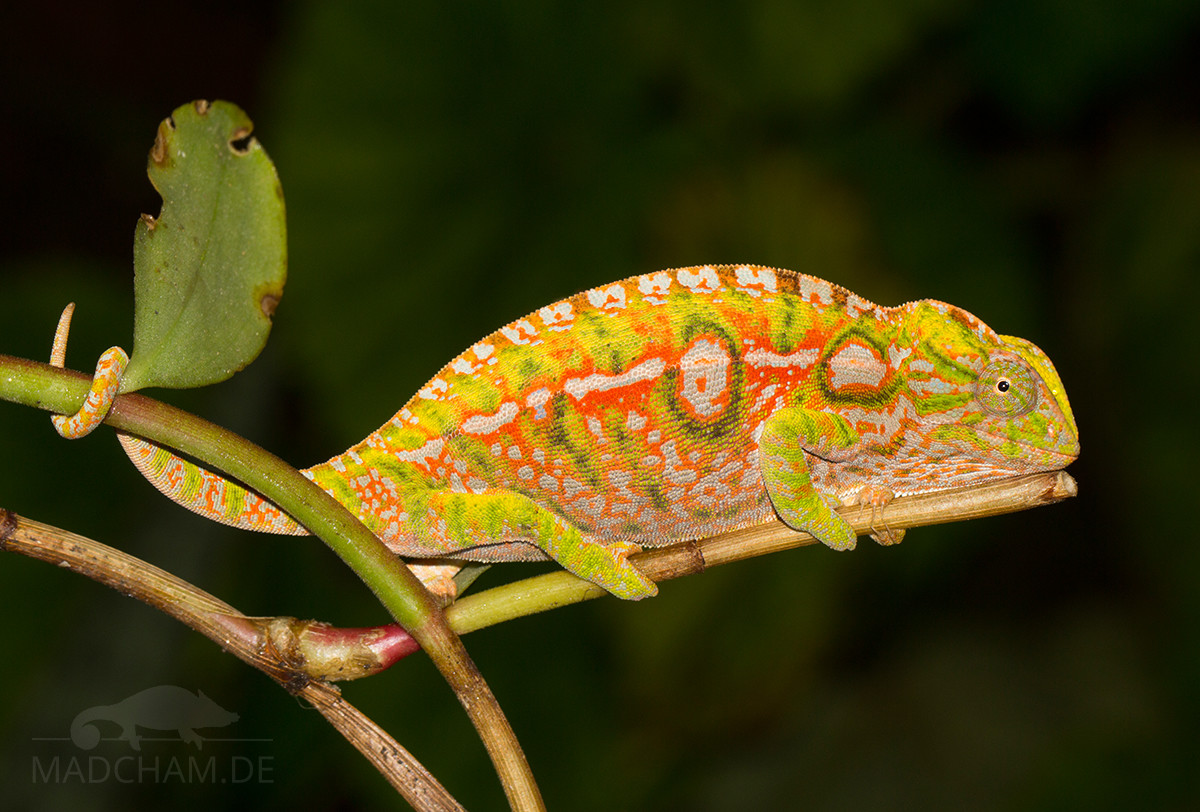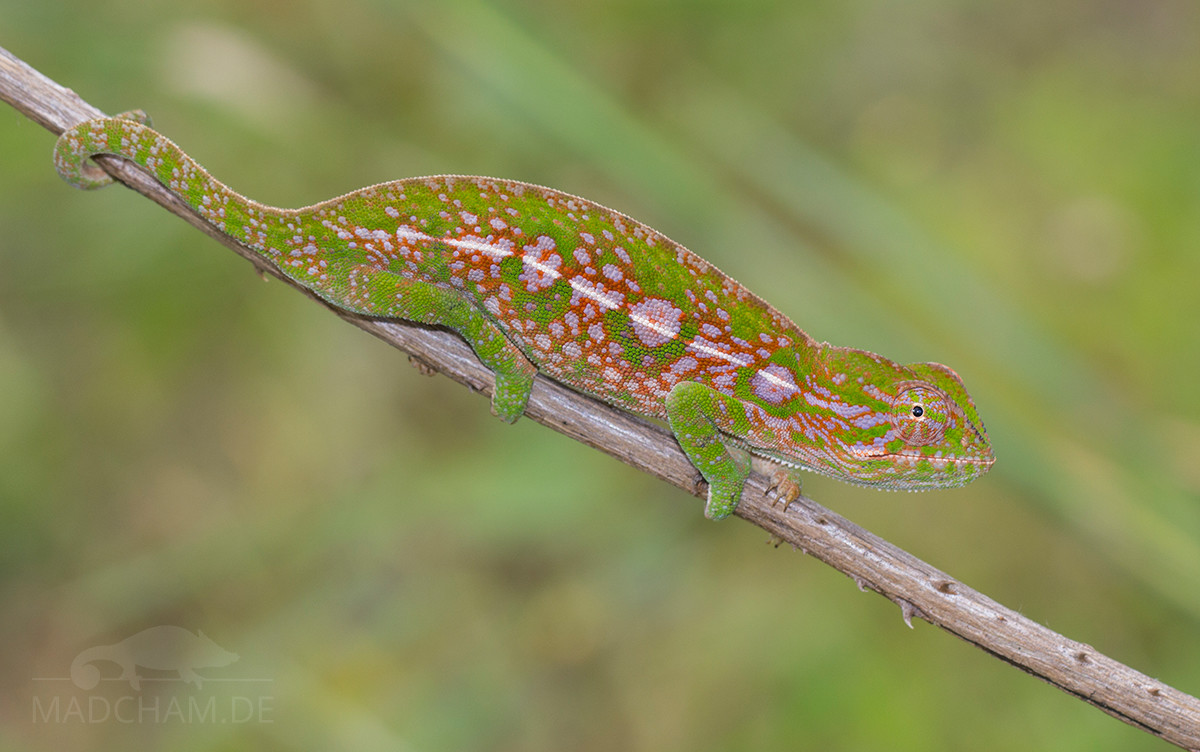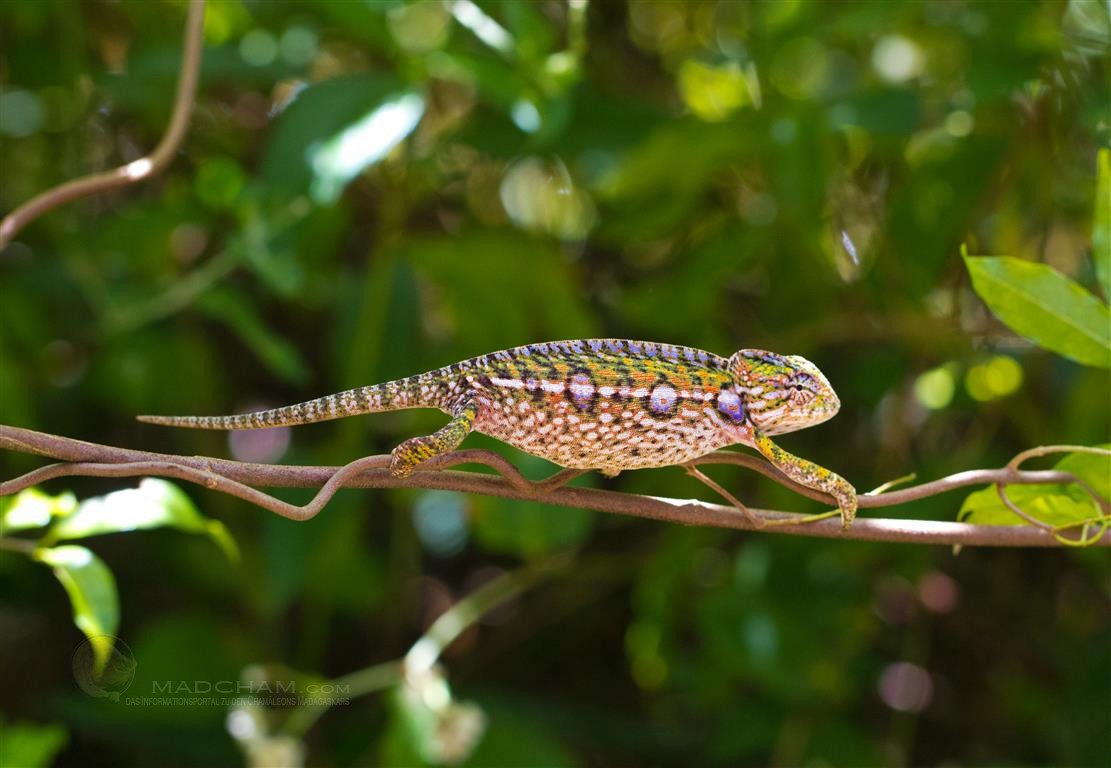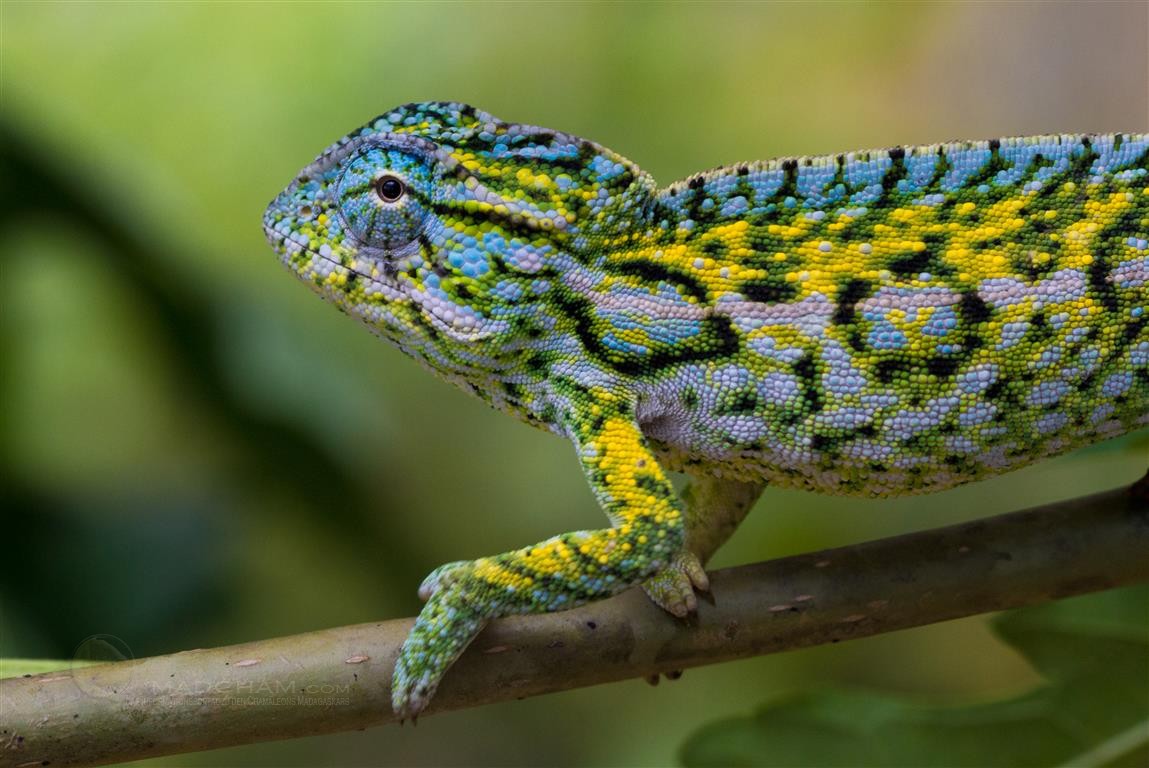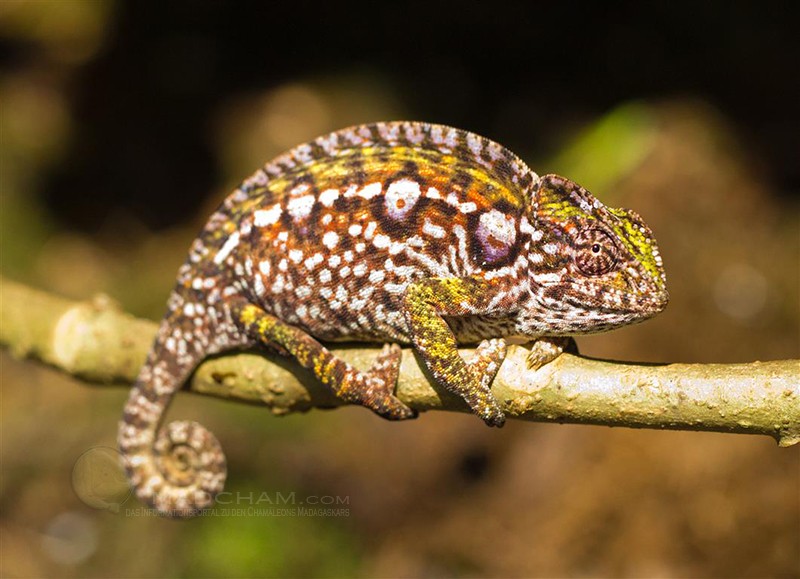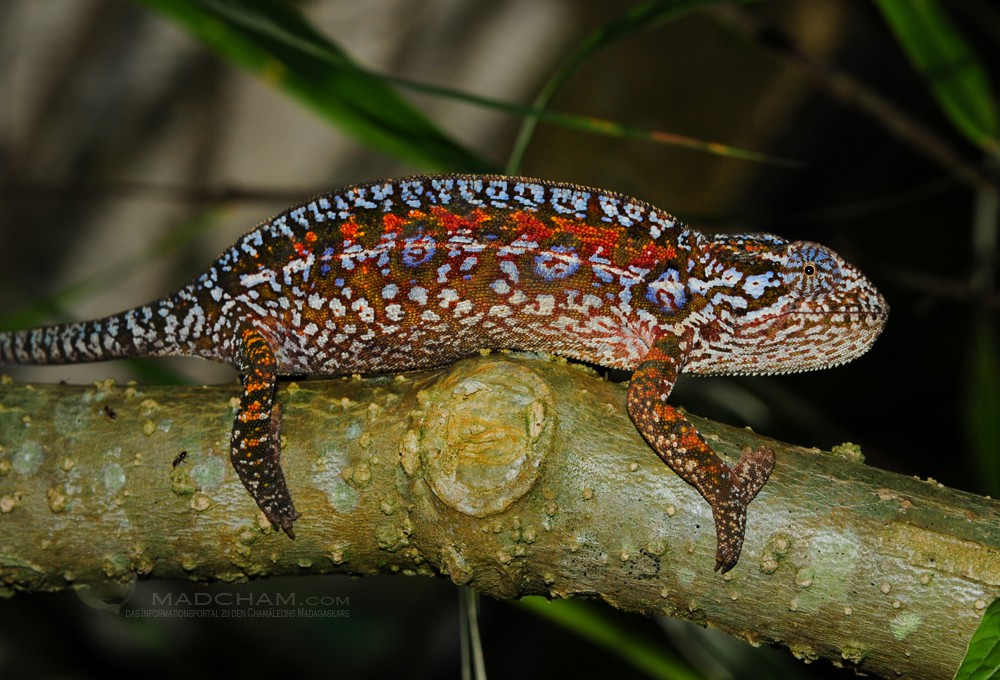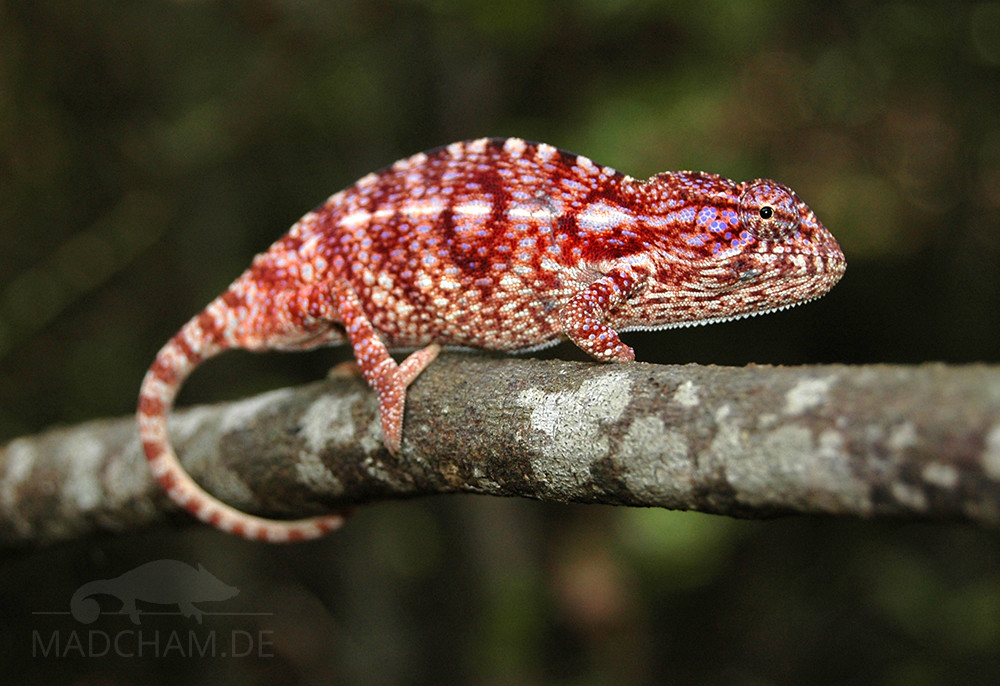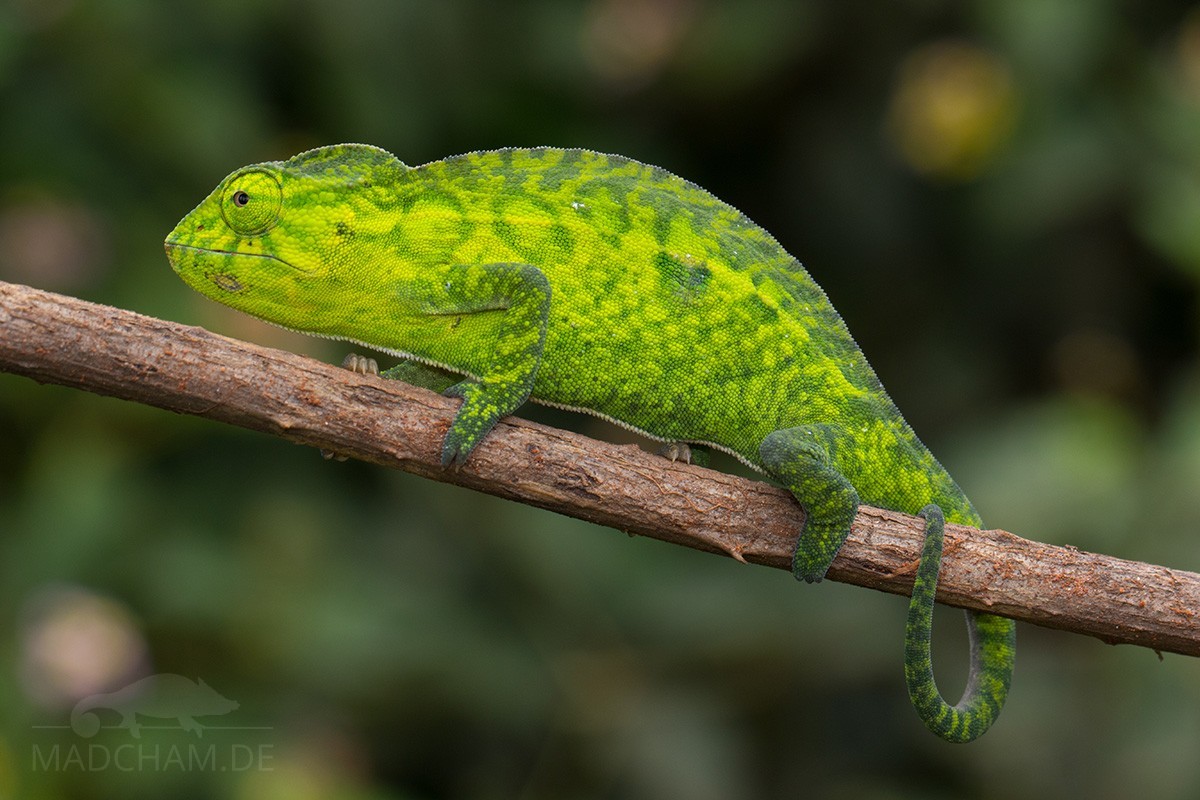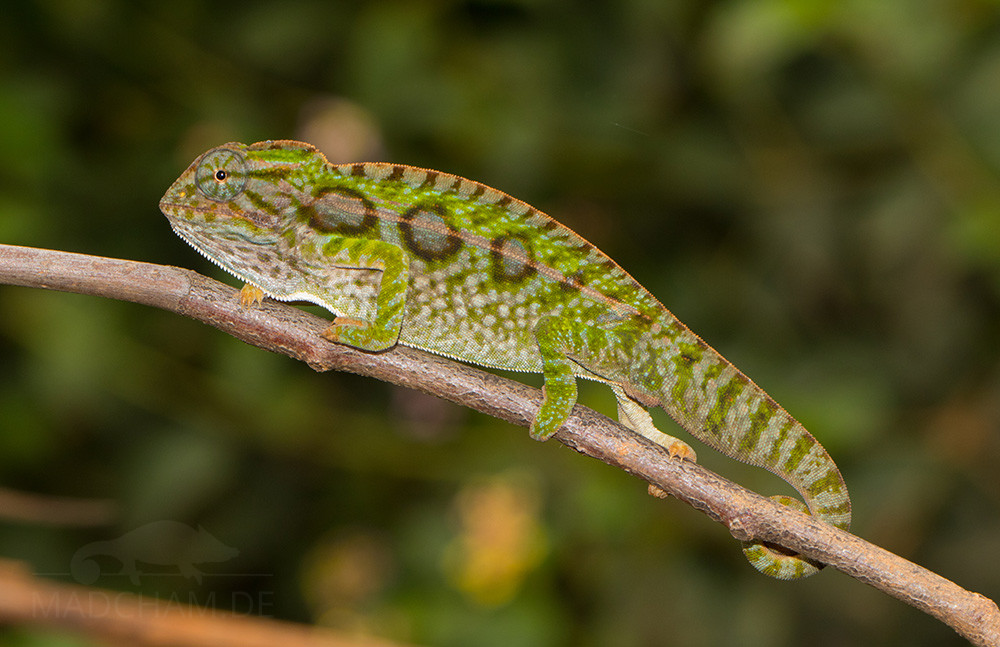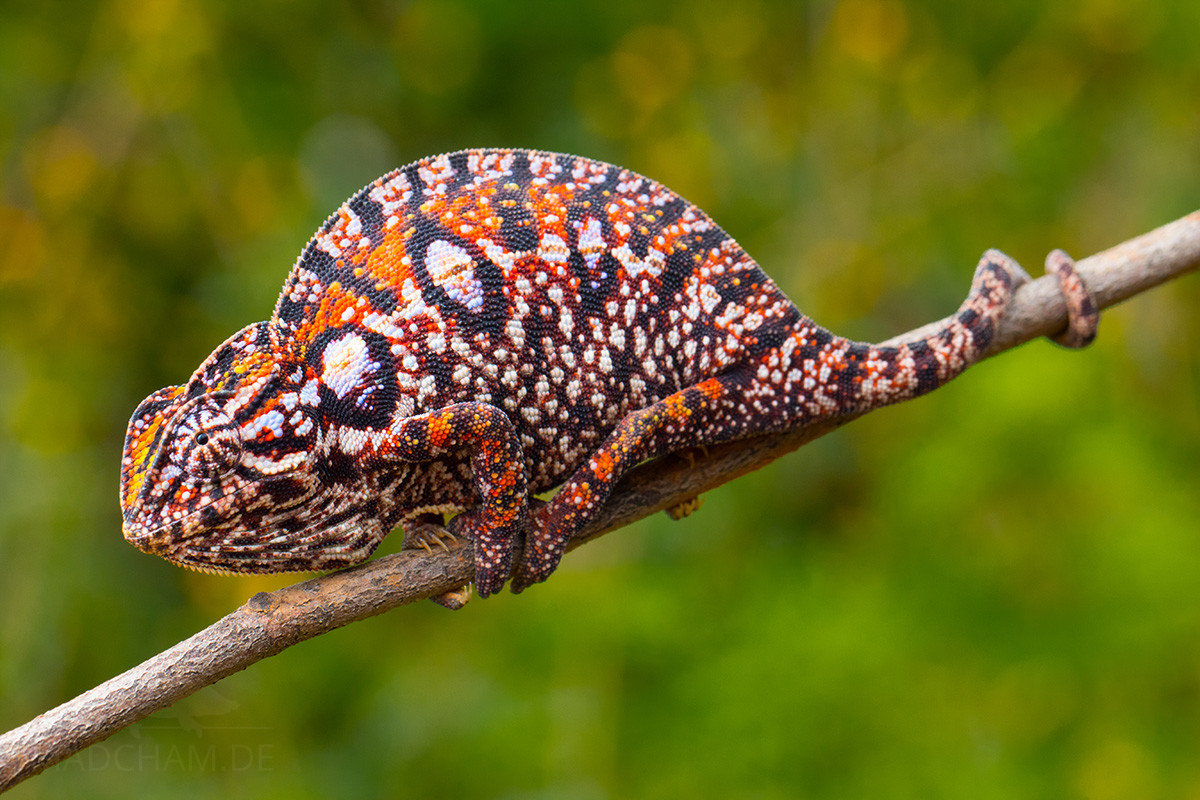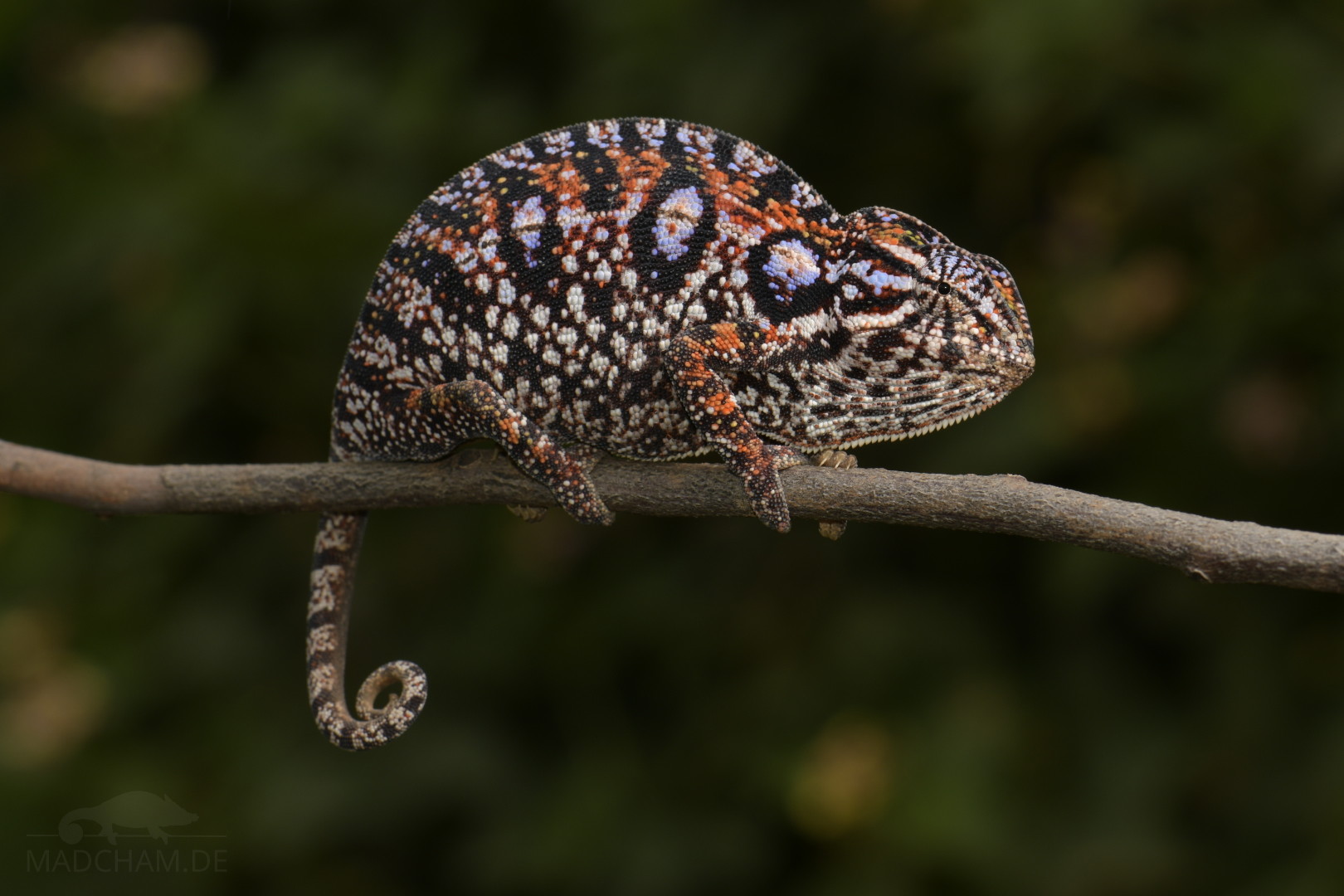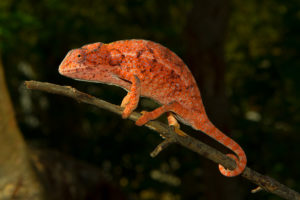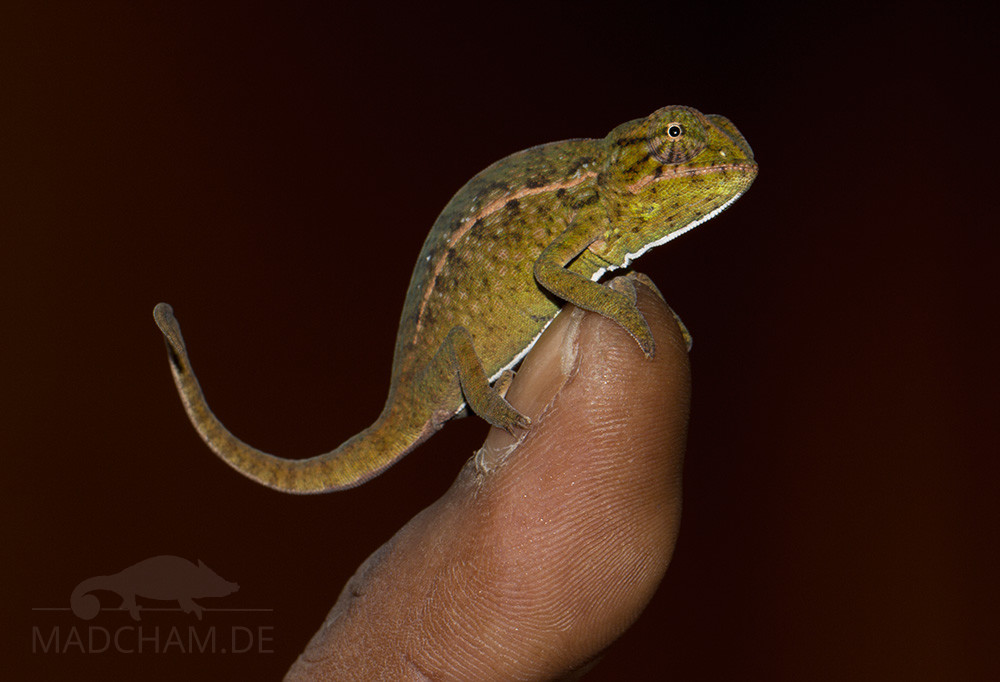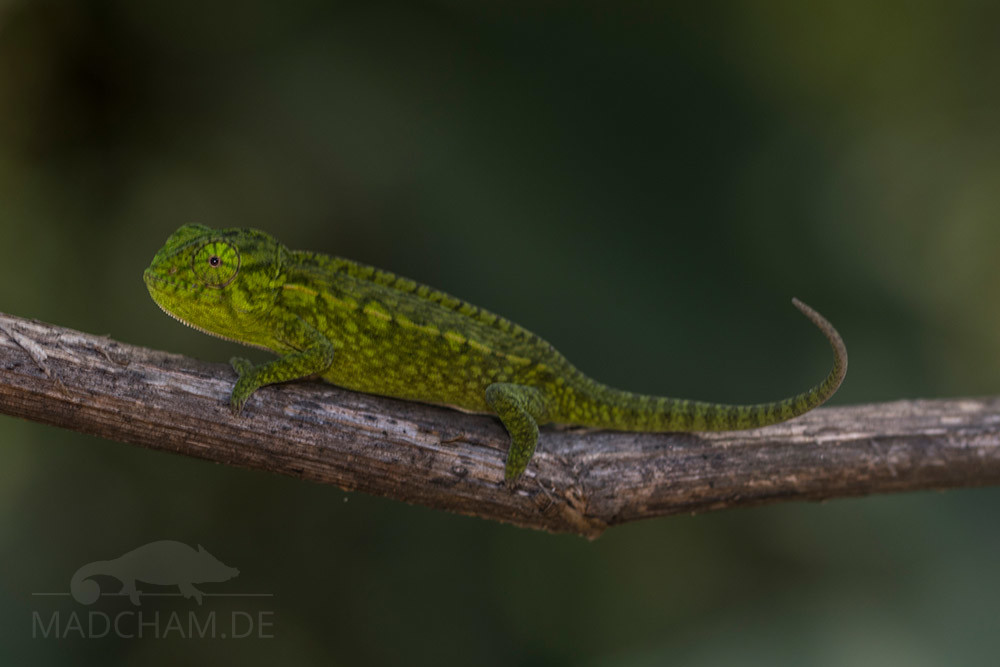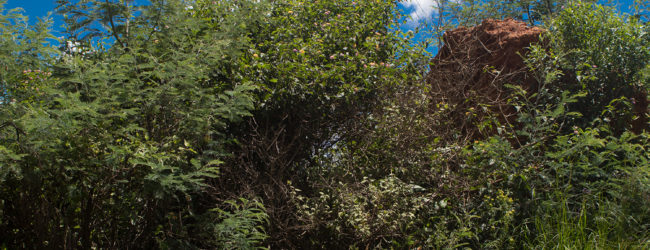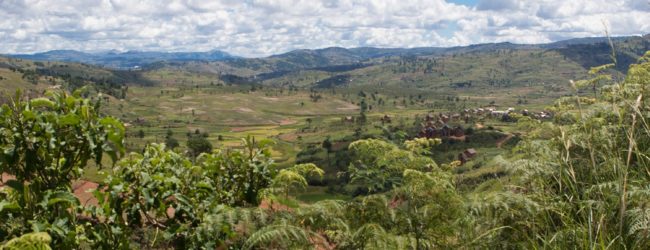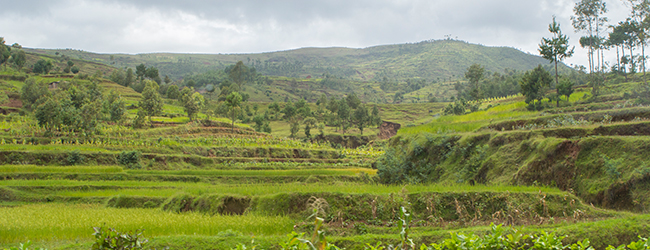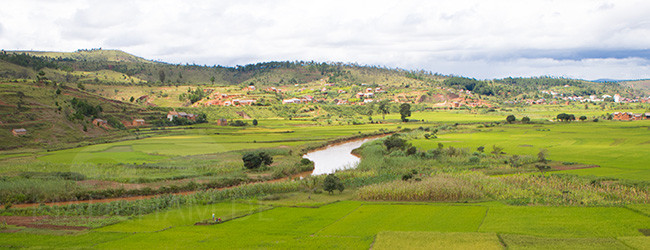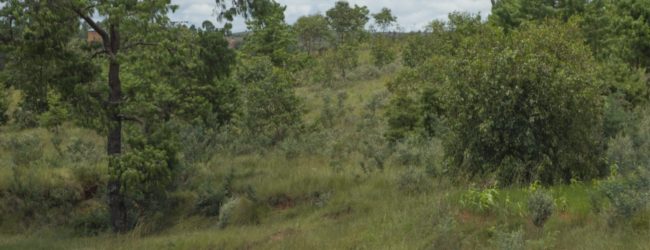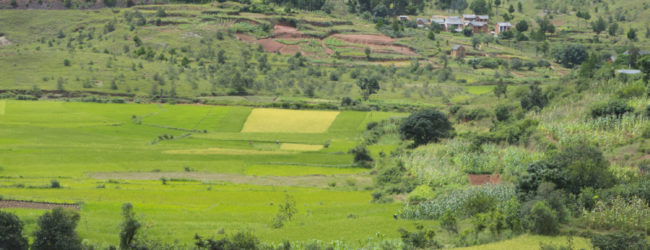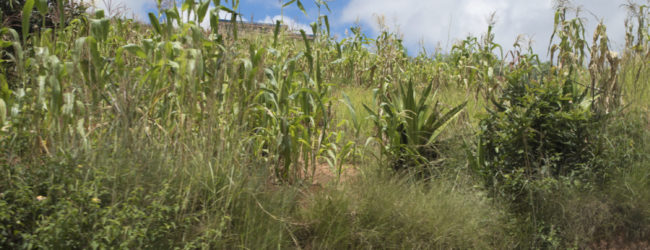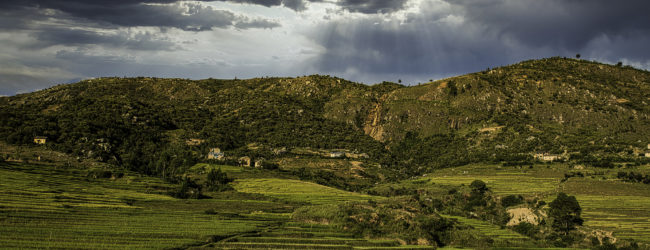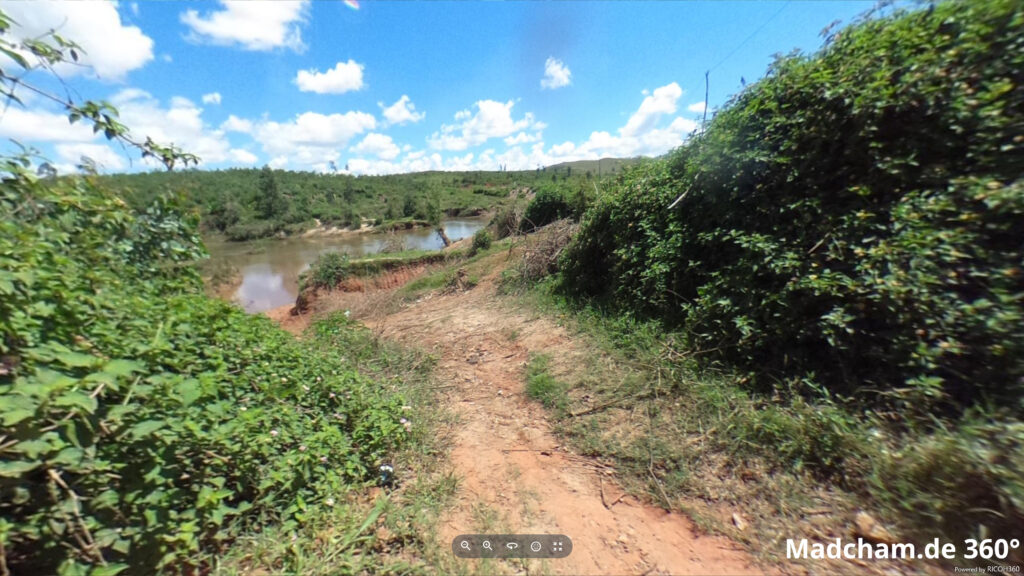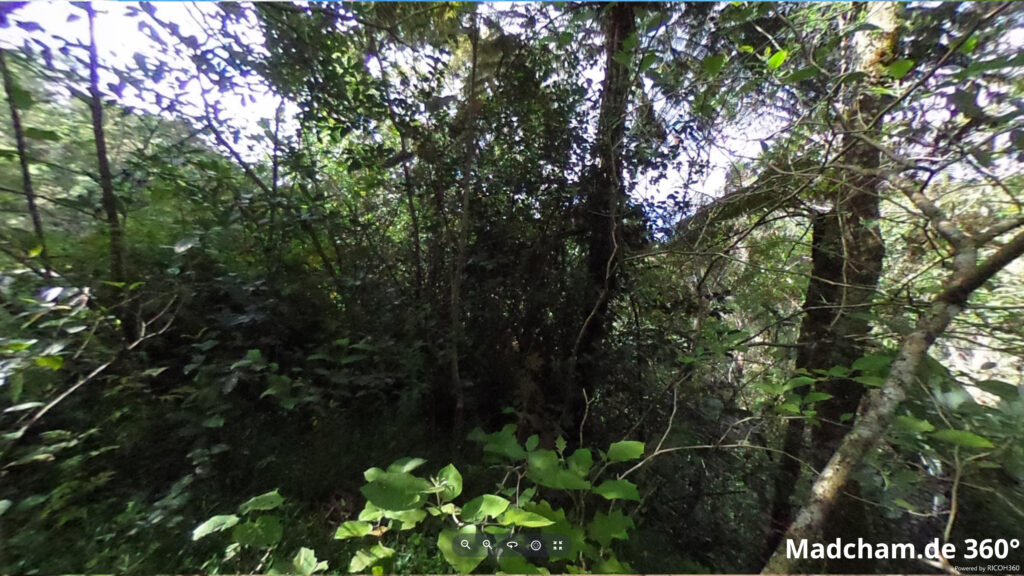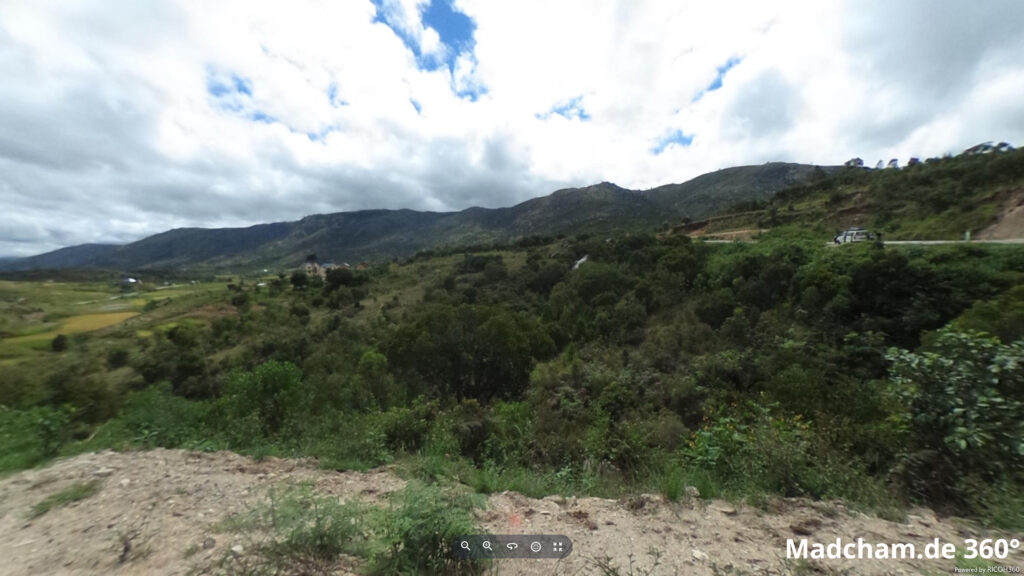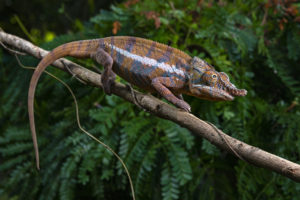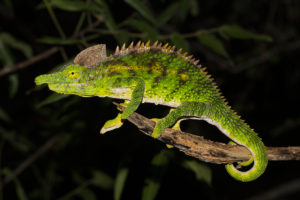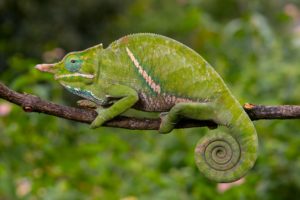2011-24 each 2000 specimens for legal export
First description:
(Gray, 1831)
Origin of the species name:
The English zoologist John Edward Gray was very brief in his description of this chameleon species: it consists of just keywords instead of a coherent sentence. In 1831, Gray was busy cataloging the reptile collection of the zoological department of the British Museum in London (Great Britain). Gray called the species “streaked-sided chameleon”, but in Latin lateralis only the “sided” is left. Similarly, old publications speak partly of the “Caméléon au bandes laterales”, which also indicates that the name is due to the body drawing.
Distribution:
Furcifer lateralis can be found in Madagascar’s central highlands and along the east coast from southern regions to somewhat north of the capital, whereby they settle different habitats from relatively dry grass savannahs to more humid forests. They also find a home in secondary vegetation at the edges of rice fields, close to clay huts and smaller villages. Even in Antananarivo, some carpet chameleons live along the dikes at the edge of the local rivers. The easiest way to find these animals is to search bushes and shrubs directly along the streets. Furcifer lateralis occurs at elevations from 900 to 1560 m asl.
Aussehen und Größe:
With a total length of 23-25 cm (snout-vent-length without tail 9-10 cm), this chameleon species belongs to the small to middle-sized chameleons. They have a colorful, complex color pattern made of red, yellow, black and blue spots – this is what they received their trivial name “carpet chameleon” for. Mainly the females wear this bright coloration, males are a little more unpretentious green-white or yellow-white. The white lateral stripe and the ring-shaped dark pattern can be seen in both genders. At the edge of their distribution area, in Isalo, we have found Furcifer lateralis females with a conspicuous uniformly ruby-colored or pinkish skin. In all specimens of this species, the helmet is low and a little stretched to the back, so it hardly tops the back. The parietal crest consists of 14 to 20 scales, often on dark or reddish-brown ground. In contrast to Furcifer major, Furcifer lateralis has axillary pits like Furcifer viridis. Young Furcifer lateralis often still have a gular crest that disappears with age. Some of the young specimens are bright neon-green colored.
Good to know:
Until 2012, Furcifer major and Furcifer viridis were counted among Furcifer lateralis. Since then they are described as own species.
Table of weights
Since 2017 we have been measuring the weights of found carpet chameleons in Madagascar, as far as the animals (and our scales) are working. So far there are only a few weights, in the long term an average weight in relation to the head-torso-length (measured from the tip of the nose to the cloaca) for each species should be read off from as large a number of measurements as possible. It is important to know that all weights were measured towards the end of the rainy season (= best food supply), so they are probably maximum weights in Madagascar. Triangular symbols in females do not mean pregnant, round symbols mean pregnant.
Captivity:
This species is very common in captivity due to their high adaptability and low demands. It has been bred for years successfully. Despite their small size, these chameleons benefit from larger cages because they are very active.
| Jan | Feb | Mar | Apr | May | Jun | Jul | Aug | Sep | Oct | Nov | Dec | |
| Average temperature | 21 | 22 | 20 | 19 | 17 | 15 | 14 | 15 | 16 | 19 | 20 | 20 |
| Minimum temperature | 17 | 17 | 16 | 15 | 12 | 10 | 10 | 10 | 11 | 13 | 15 | 16 |
| Maximum temperatur | 26 | 27 | 26 | 25 | 23 | 21 | 20 | 21 | 24 | 26 | 27 | 26 |
| Rain days | 26 | 23 | 25 | 19 | 17 | 18 | 21 | 21 | 16 | 17 | 20 | 24 |
We have collected the data given above over several years with thermometers and hygrometers at the finding places of the chameleons. "Average temperature" means that values of a whole month have been calculated to one average value per month. For example all measured minimum temperature values of February have been calculated to one average minimum temperature for February. In plain language, this means single peak values of a day may be a little higher or lower than the average minimum and maximum temperatures. It is possible that a location has an average maximum temperature of 29°C, but one day during that month it had 33°C or even 35°C there.
Ambositra is located in Madagascar's central highlands at heights of about 860 meters above sea level. Accordingly, the climate here is much cooler than climate on the coast or in the south of the island. Ambositra is said to be one of the coldest cities in Madagascar.
During the rainy season, this region reaches the highest temperatures around 25°C, sunny places may sometimes even almost reach 30°C for short. In the night, the temperature drops down to 15°C. It is raining almost every day. It's not before the dry season starts in April that precipitation declines a little. But it will not become completely "dry" here - even during the dry season, it is raining at least every second day. The dry season has even colder nights with drops to 10°C and less in some single nights. During the daytime, Ambositra only sometimes reaches 20° and more in the dry season.
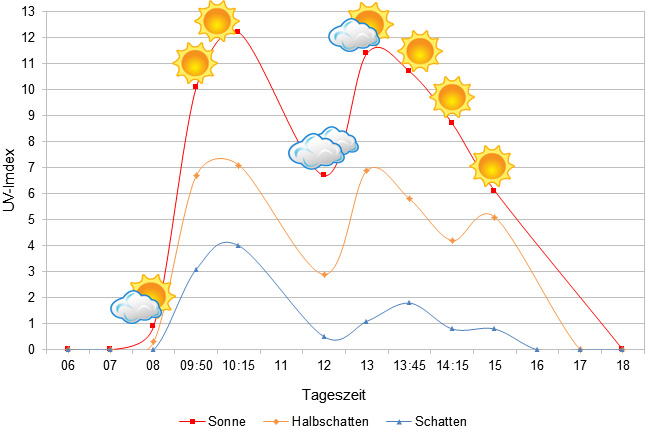
We have measured UVB data with a Solarmeter 6.5 in spring (end of March) at the peak of activity of chameleons in Madagascar. We always measured the values that a chameleon could maximally reach in its habitat.
Habitat:
The following pictures show the typical habitat of Furcifer lateralis in Madagascar’s central highlands around Ambositra, near Antsirabe and close to Ambalavao. The central highlands are famous for numerous characteristic rice terraces. The ground is often infused by red laterite. There is hardly a forest left here. But Furcifer lateralis does not need forests. This species lives at the edges of rice fields in bushes and shrubs, in gardens and between peanut plantations and geranium fields. They can even survive inside cities, for example at the edge of capital Antananarivo along dikes.
Below you will find some 360° images from habitats around Ambositra in the southern highlands and near Ranomafana that we took during the rainy season. If you click on the respective image, the pictures will open in an enlarged view in a separate window. You can use the mouse to rotate in all directions. You also have the option of running the images in full-screen mode. Enjoy!

